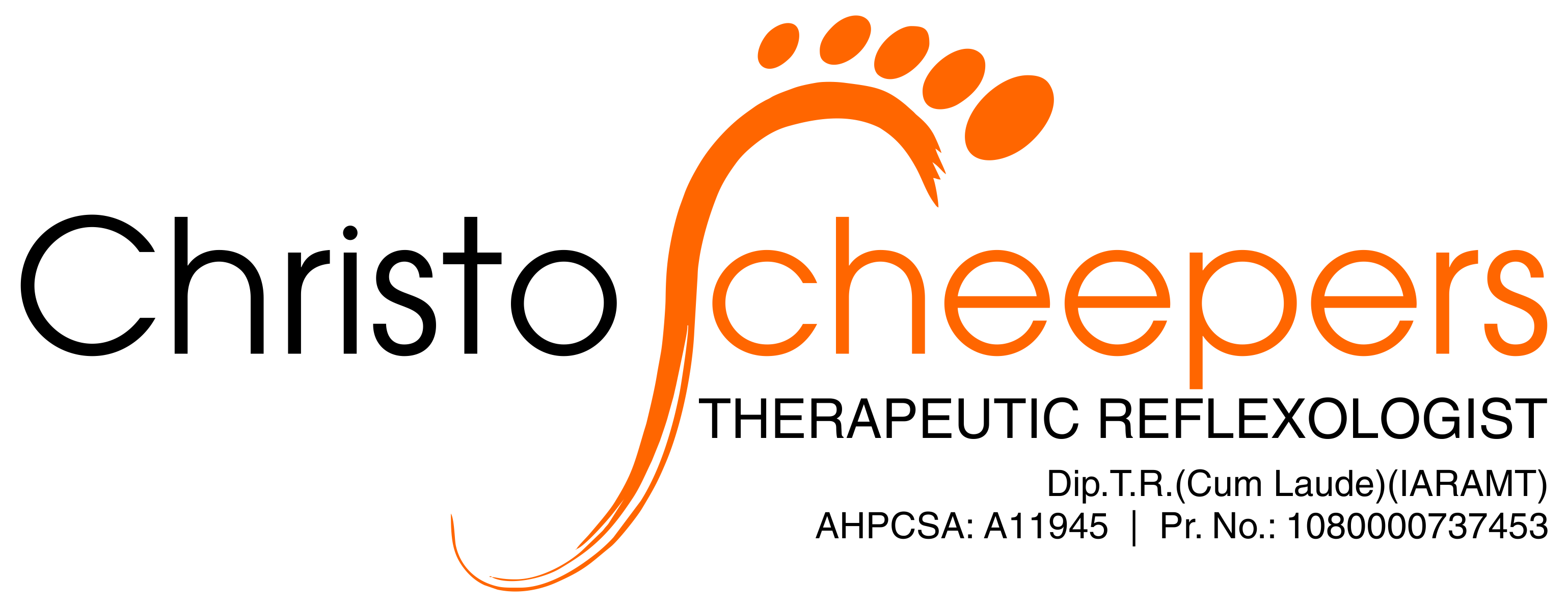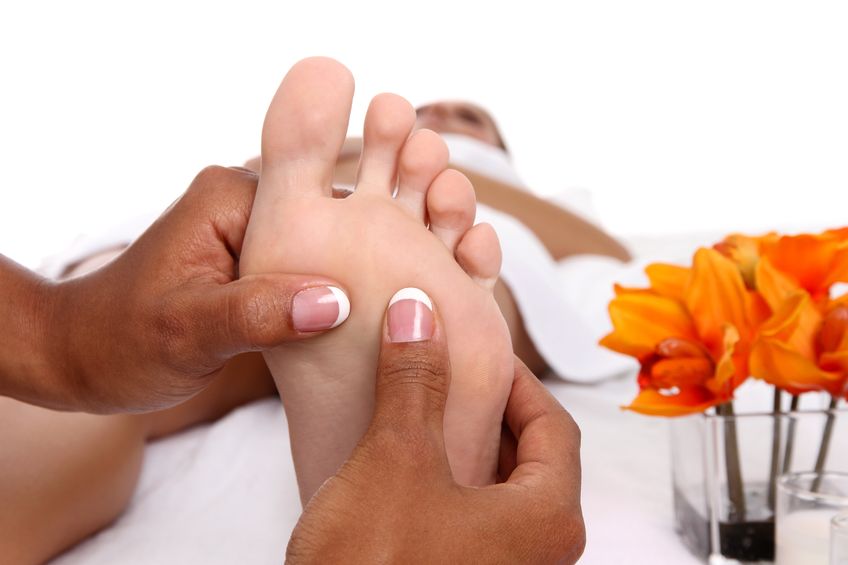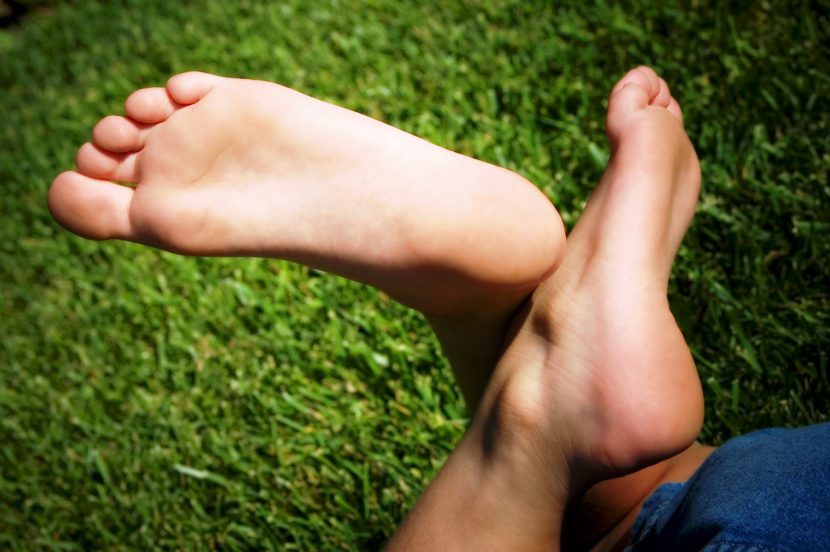Feet are the therapeutic domain of the Therapeutic Reflexologist, but your feet are also much more than just a body part for a therapist to work on; feet are truly amazing.
You may be wondering where I became a bit weird to think feet are amazing, because you may never even think about your feet or even try to avoid your feet as far as possible, because they are hidden in your shoes and far away from your mind. You may be thinking your feet are only there to take you from point A to point Z, but let’s enter the amazing world of feet in this article so you can understand how wonderful your feet really are.
Location
Your feet are located at the bottom of your legs, just below your ankles. It is located at the bottom of your body and that is the reason your feet are often forgotten or neglected. Feet are so far from your mind, that you often do not give them a second thought, but feet have been designed with the purpose of walking and moving you around.
Movement
Your feet were designed with movement in mind. Human feet have been created so uniquely that it is ideally formed for walking and keeping you balanced while moving on various terrain. Have you ever considered this? Your feet are carrying your entire body weight while taking about 10 000 steps per day. If you calculate this over the span of your life, it means that you basically walked around our globe (the earth) four times while you live on this earth. What a tremendous task your feet do for you on a daily basis. Sometimes more pressure is put on your feet when exchanging walking for running or various alternative strenuous exercises and sports, making their task for you even more important.
Parts
Your feet consist of two distinct parts, the top of your feet (the dorsal aspect) and the soles of your feet (the plantar aspect). It also consists of the sides of your feet; the inside parts touching each other when standing (the medial aspect) and the outside parts on the outsides of the body (the lateral aspects).
Sections
Your feet are further divided into three distinct sections; the forefoot, the midfoot and the hindfoot. In the front of your feet, you have ten toes; five on each foot. Every toe has a nail that protects it from getting hurt. The foot soles can be divided into three sections as well, the ball, the arch and the heel of the foot.
Arches
Your feet are designed with four distinct arches namely the transverse arch, the anterial metatarsal arch, the medial longitudinal arch and the lateral longitudinal arch. These arches give your feet a unique shape that makes them ideal for shock absorption which is needed during movement.
Joints
Each foot consists of 33 joints making your feet very flexible and encourage optimal movement. Various types of joints are present in the feet like ankle joints, hinge joints, plane joints, tarsal joints, subtalar joints, talocalcaneonavicular joints and so forth. Very anatomical names, but these are names for a few of the joints making it possible for your feet to move in such a unique way that it does.
Bones
Each foot contains 26 bones consisting of the 14 Phalanges, 5 Metatarsals, 3 Cuneiform, 1 Navicular, 1 Talus, 1 Calcaneus and 1 Cuboid. Each foot contains 28 bones if you take into consideration the 2 sesamoid bones located under the head region of the metatarsal bones of the big toe. The Institute for Creation Research (2015:58) states it excellently when mentioning that 25% of all the bones in your body are located in your feet. These bones are supported by muscles, ligaments and tendons.
Muscles
Each foot has 20 muscles giving it the unique shape it has and these muscles include the anterial tibialis, posterior tibialis, peroneal tibialis, extensors and flexors. These are the main muscles in the foot, but there are also muscle in the leg that directly affect the working of the feet like the gastrocnemius, soleus, fibularis longus and the extensor digitorum longus. Once again, a whole bunch of anatomical terminology, but it shows you how amazingly complex the human foot has been designed to be.
Tendons and Ligaments
The main tendon influencing the feet are the achilles tendon and the longest ligament is the plantar fascia. Each foot has about 10 tendons and 107 ligaments. To put this all in perspective, the muscles give the feet shape while the tendons connect the muscles to the bones as the ligaments hold the tendons where it should be to steady the joints.
Skin
The skin on the feet are distinctive as it contains a special epidermal layer called the stratum lucidum which is only present in the soles of your feet and in the palms of your hands where your skin is a bit thicker as well as hairless.
Added Awesomeness
Apart from these very interesting facts, each foot also contains 8 main nerves like the medial and lateral plantar nerves, with 200 000+ nerve endings, 125 000 sweat glands and various blood vessels like the medial and lateral plantar artery and the dorsal metatarsal veins.
Working Together
This exceptionally designed feet of yours have the ability to bear weight and to thrust the body into directions by means of upward movement (dorsiflexion), downward movement (plantar flexion), inward movement (inversion) and outward movement (eversion). It all works together to move you around and keep your feet healthy and in the fascinating shape it has been created.
Amazing Feet
After reading this post you may feel a bit overwhelmed when looking at some of these big terms mentioned, but don’t let that devastate you. Look past the big terms and realise how amazing your feet are.
For the trained therapeutic reflexologist your feet are much more than the two body parts you walk around on and probably never think about. Your feet are uniquely designed masterpieces that the therapeutic reflexologist has the honour of working with.
Therapeutic Reflexology
The therapeutic reflexologist sees yet another aspect on your feet, the reflexes (which are basically the nerve endings) as well as the meridians and acupuncture points (basically the neural pathways) on which pressure is applied to help the body to heal itself or at least attempt to balance itself from the inside out.
The therapeutic reflexologist views your feet as an amazing part of your body and loves to work on them, especially when being aware of the health and wellness benefits it can provide you.
Looking at how amazing your feet are, this post wants to leave you with one final thought: If your feet are so amazing, don’t you think they deserve the best possible therapeutic reflexology available? That means, you should always ensure you make use of a fully qualified therapeutic reflexologist that is registered as such with the Allied Health Professions Council of South Africa (AHPCSA), the only statutory council that can give therapeutic reflexologists the right to legally practice the profession in South Africa. A therapeutic reflexologist is trained to work with your amazing feet in the most professional manner, taking into consideration everything involved in making up your feet.
You deserve the best reflexology for your amazing feet, so always ensure you make use of a therapeutic reflexologist that is properly qualified, registered and professionally regulated; such a person will never be offended if you ask about qualifications and registrations, but actually values it.
Take responsibility for your amazing feet and provide them with the best possible therapeutic reflexology available; your feet deserve it!
References:
Dougans, I. (2005) Reflexology: The 5 Elements and Their 12 Meridians: A Unique Approach. London: Thorsons.
Institute for Creation Research (2015) The Human Body: God’s Amazing Design. Eugene, OR: Harvest House Publishers.
Kunz, B. & Kunz, K. (2016) Reflexology: Health at your Fingertips. London: Dorling Kindersley Limited.
Marieb, E.N. (2012) Essentials of Human Anatomy and Physiology. 10th Edition. San Francisco, CA: Pearson.
Snell, R.S. (2007) Clinical Anatomy by Systems. Philadelphia, PA: Lippincott, Williams & Wilkins.
—
Christo A. Scheepers: Therapeutic Reflexologist
Dip.T.R.(Cum Laude) [IARAMT]
AHPCSA: A11945
Pr. No.: 1080000737453
Tel. 072-800 7243


